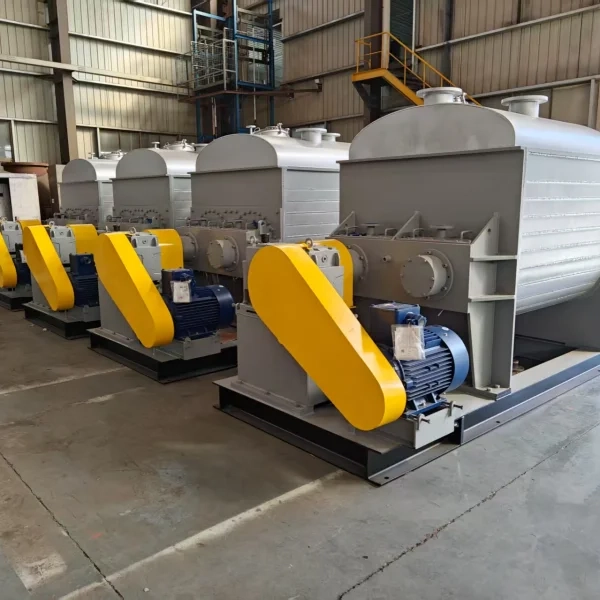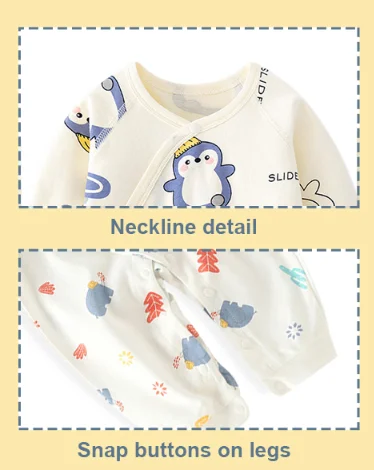As the performance of global consumer electronics continues to climb alongside corresponding increases in power consumption, efficient thermal solutions have become a focal point for the industry chain. At Apple's recent fall product launch event, the iPhone team—historically conservative in thermal design—debuted vapor chamber (VC) heat spreaders in the iPhone 17 Pro, marking Apple's official entry into the smartphone thermal technology race. This move not only reflects the industry's growing emphasis on thermal performance but also thrusts the VC heat spreader—a critical cooling component—into the spotlight. Notably, Chinese smartphone manufacturers have been strategically positioning themselves in this field for years. From early copper VC heat spreaders to the current market-dominating stainless steel versions, China's industrial chain has risen to global leadership in VC heat spreader R&D and mass production. Within the VC heat spreader ecosystem, a promising niche market—graphite carriers—is quietly emerging amid the industry's momentum.
Technical Definition and Core Value of Graphite Carriers
Graphite carriers are specialized molds crafted from high-purity graphite through precision machining. Designed to meet the specific dimensional requirements of VC heat spreaders, their customized groove structures serve as sintering supports during primary brazing and secondary welding processes, connecting the copper mesh within the heat spreader to its upper and lower cover plates. As indispensable consumable equipment in VC heat spreader manufacturing, the performance of graphite carriers directly determines the yield rate and quality of the final product.
This device essentially functions as a carrier medium within the sintering process. Graphite was selected as the base material due to its unique physical properties: First, graphite exhibits exceptional thermal conductivity stability, maintaining consistent thermal conductivity coefficients even under continuous high-temperature operation. This effectively prevents performance degradation caused by thermal fatigue, ensuring consistent thermal management throughout VC heat spreader manufacturing. Second, graphite exhibits favorable machinability, enabling the formation of complex cavity structures through precision machining techniques like CNC, meeting diverse customer requirements for mold dimensions, shapes, and precision. Third, the isotropic properties of high-purity graphite maintain an extremely low thermal expansion coefficient at elevated temperatures, guaranteeing micron-level dimensional accuracy for VC heat spreaders.
Supply Chain Synergies Drive Market Expansion
Although graphite carriers have a mature application history as sintering substrates in thermal equipment, their market capacity is undergoing structural expansion in recent years due to explosive growth in heat dissipation demands across consumer electronics, artificial intelligence, and automotive electronics industries. Beyond VC heat spreaders, the manufacturing processes of mainstream thermal components—including heat pipes, liquid cooling plates, and graphene thermal films—all involve high-temperature sintering steps, creating sustained growth opportunities for graphite carriers.
Notably, graphite carriers exhibit distinct consumable characteristics in industrial applications. Under sustained high-temperature operation, graphite materials gradually develop micro-cracks, suffer oxidation loss, and undergo thermal stress deformation. Depending on material grade, premium graphite carriers maintain continuous service life for approximately 3-4 weeks, while standard-grade carriers require replacement around every 2 weeks. Taking smartphone VC heat spreader carriers as an example, individual unit prices range from 50 to 100 yuan based on size and complexity, with procurement volume showing a clear positive correlation with pricing. This continuous consumption pattern establishes stable repeat purchase demand, driving a virtuous growth cycle for the market.
Apple's decision to adopt VC heat spreaders in the iPhone 17 Pro series has generated significant demonstration effects within the industry. Multiple major smartphone manufacturers have accelerated R&D for next-generation cooling technologies, driving VC heat spreader capacity expansion. Industry research indicates that a single VC heat spreader production line consumes hundreds of graphite carriers monthly, with annual global demand across major cooling module manufacturing bases exceeding one million units. This explosive growth presents unprecedented market opportunities for the graphite carrier segment.
Pathways for Technological Evolution and Industrial Upgrading
Faced with continuously growing market demand, the graphite carrier manufacturing industry is undergoing profound technological transformation. At the material level, the adoption of new high-density isostatic graphite materials extends tool life by approximately 30%. In structural design, multi-chamber integrated carriers developed for ultra-thin VC heat spreaders in 5G smartphones enable the technological breakthrough of sintering multiple product sets in a single cycle. In surface treatment, novel composite carriers with silicon carbide coatings demonstrate significantly enhanced oxidation resistance.
Manufacturing upgrades are equally evident: traditional graphite processors are transitioning from standard component production to customized solution providers; leading manufacturers have achieved collaborative development between carrier design and end-product thermal solutions; and smart manufacturing technologies now control carrier production precision within ±0.05mm. These advancements not only enhance product performance but also establish industry-wide technical barriers.
Multi-dimensional Application Expansion and Development Prospects
As VC heat spreader technology accelerates its penetration into aerospace, high-end computing equipment, and new energy vehicle electronics, the application boundaries of graphite carriers continue to expand. In the field of AI training servers, large-sized VC heat spreaders require customized graphite carriers; in automotive electronic power module thermal solutions, demand for non-standard carriers is growing rapidly; even in the latest generation of graphene thermal film sintering processes, ultra-flat graphite carriers have become critical tools.
Market research indicates the global thermal management components market will exceed $20 billion by 2025, with VC heat spreaders projected to maintain an annual compound growth rate exceeding 18%. This growth trajectory will directly drive the graphite carrier market, which is expected to double in scale within the next three years. Currently, over 100 traditional graphite product manufacturers have entered this sector, with early entrants securing approximately 60% market share through accumulated technical expertise and customer relationships.
Conclusion
Driven by the dual forces of continuous iteration in consumer electronics thermal management technology and the emergence of new application scenarios, graphite carriers—as a critical link in the VC heat spreader supply chain—are experiencing unprecedented development opportunities. Their technological essence has transcended traditional mold-making, evolving into integrated system solutions that blend materials science, precision machining, and thermodynamic design. As global digitalization accelerates and terminal device computing power increases, thermal module performance will become a core competitive factor for products, creating sustained growth opportunities for the graphite carrier segment. Future industry competition will center on material innovation, precision enhancement, and extended service life. Companies with technological R&D advantages and rapid response capabilities will dominate the next wave of industry dividends.
www.zesongmaterial.com
Zesong

